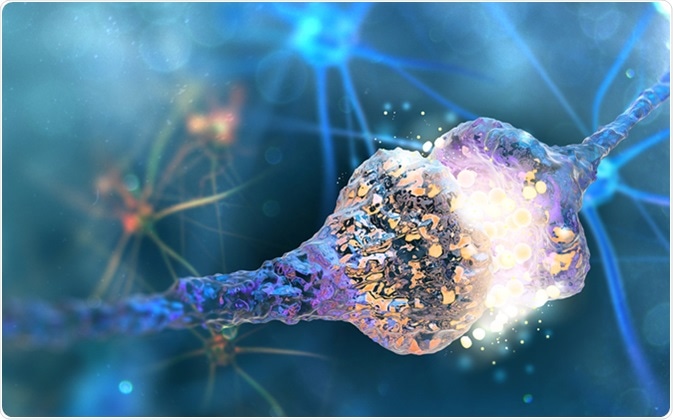Also known as cognitive control or executive control, executive function consists of working memory, cognitive flexibility, and inhibition.
The term executive function is used to refer to a body of top-down processes that are utilized when we need to concentrate and when relying on instinct is insufficient or impossible. Many argue that using executive function requires a lot of effort. For most, they feel it is easier to carry on completing a task that has already been started than to change what they’re focusing on completely.
From the three main executive functions, there is thought to be a series of higher-order EFs, for example, planning, problem-solving and reasoning. Overall, EFs are essential to enable us to have mental and physical health.

Working Memory
The process of working memory is to hold information in the mind and to work with it mentally. It is further differentiated into two types: verbal working memory and nonverbal or visual-spatial working memory. Many argue that having an effective working memory is essential to making sense of things that occur over time, as it requires the ability to hold in the mind things that happened earlier and relate them to what occurs next. One example of this process relates to making sense of written or spoken language and mentally reordering items, such as in a to-do list.
Working Memory and Short-term Memory
Although there are similarities, working memory and short-term memory are distinct. Working memory involves holding information and manipulating it, whereas short-term memory involves just holding information in the mind. Furthermore, the two types of memory are associated with different neural subsystems, for example, working memory is thought to be linked to the dorsolateral prefrontal cortex.
Cognitive Flexibility
Cognitive flexibility is thought to develop much later in life compared with working memory and inhibition. A specific aspect of cognitive flexibility involves the ability to change perspectives interpersonally (being able to consider things from another person’s perspective) and spatially (being able to imagine what an object would look like if viewed from a different direction). In order to change perspectives, one must inhibit previous perspectives and add a different perspective to working memory.
Another aspect of cognitive flexibility is the ability to adjust behavior in accordance with changed priorities or demands. Many believe that there is an overlap between creativity, task switching, set shifting and cognitive flexibility.
Inhibition
Inhibitory control refers to the ability to control one’s emotions, thoughts, attention and behavior in order to overcome an internal predisposition or external lure and do what’s needed or appropriate instead. Without inhibitory control, we’d act purely on impulses or on old habits of action and thoughts. Inhibition allows us to make decisions and change the way we react and behave. There are several sub-types of inhibitory control.
Inhibitory Control of Attention
Inhibitory control of attention allows us to decide what we attend to while suppressing attention given to other stimuli. However, research has found that salient stimuli such as a loud noise or visual motions attract our attention whether we choose to attend to them or not. An example of this is called the cocktail party effect, whereby you filter out the background of others talking to focus on the voice of the person you’re talking to. However, if your name were to be called, your attention would be distracted to the new stimulus. In addition to this, we can choose to inhibit attention to specific stimuli and attend to others based on our intentions or goals.
Cognitive Inhibition
Cognitive inhibition refers to the ability to suppress prepotent mental representations such as resisting unwanted memories and thoughts and intentional forgetting.
Self-control
Inhibitory self-control is the ability to control one’s behavior and emotions and being able to resist temptations and not act in an impulsive manner. Furthermore, self-control involves having the discipline to continue a task despite distractions which might compete for attentional resources. This final notion is related to delayed gratification which is the process of delayed immediate pleasure in order to gain a greater reward later.
Executive Function Disorders
Executive function involves a series of processes in multiple brain areas. Damage to these areas due to disease or brain injury may lead to the development of executive disorders.
Sources
Executive Functions: https://www.ncbi.nlm.nih.gov/pmc/articles/PMC4084861/
Further Reading
- All Cognitive Function Content
Last Updated: Mar 14, 2019
Source: Read Full Article
